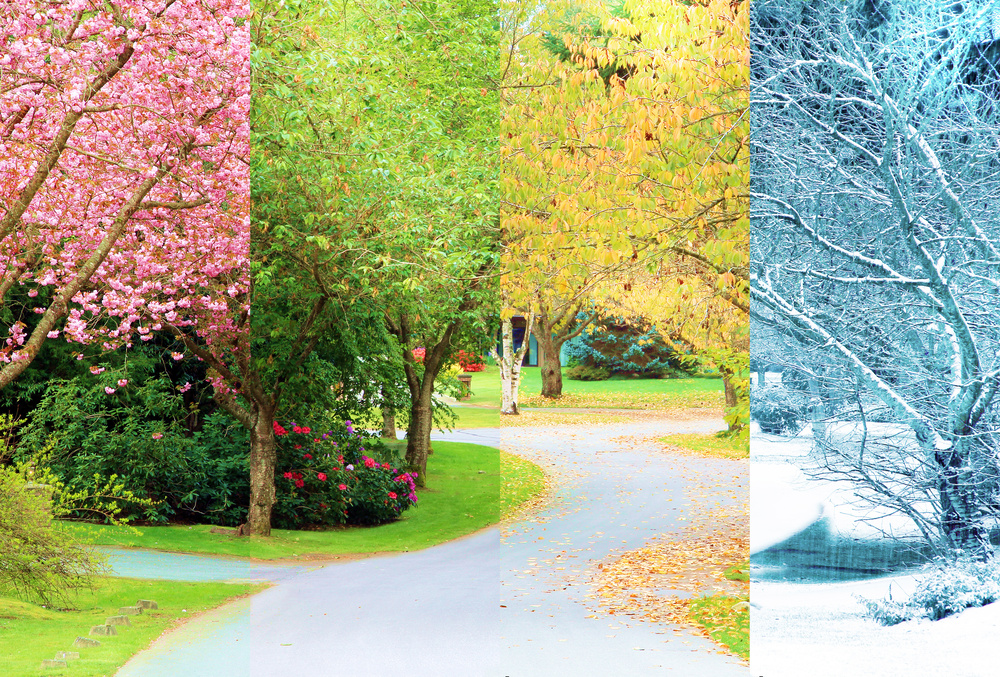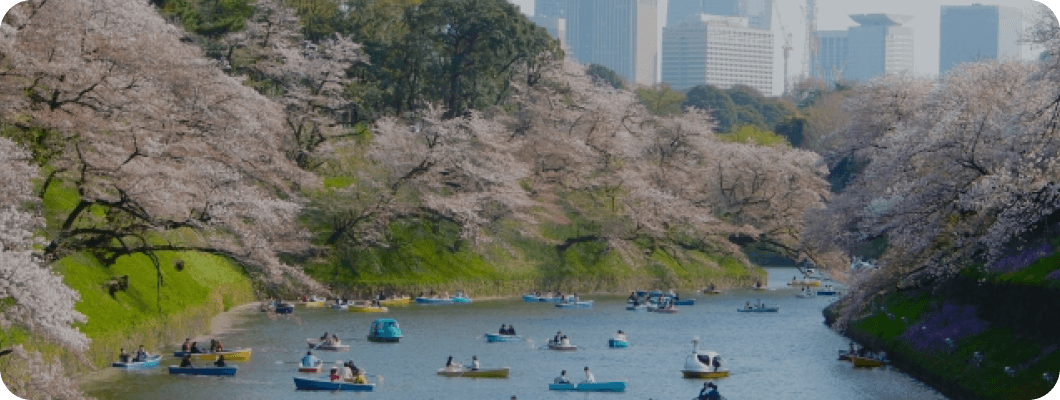
NEWS

Find out about the characteristics and attractions of Japan's four seasons! Differences with other countries are also explained①
BLOG

Hello everyone!
Do you know about the four seasons in Japan?
The four seasons in Japan have their own meaning and are different from those in other countries.
We would like you to get to know the four seasons unique to Japan and introduce them in this article.
Please consider moving or travelling to Japan at the right time of year.
Understanding Japanese culture
Japan's four seasons (shiki) are divided into three months, with each spring, summer, autumn and winter having its own characteristics. The reason why the climate differs so greatly from season to season is that the country is located in the mid-latitudes and surrounded by the sea on all sides. Other countries have four seasons, but it is rare to find a country where the differences are as distinct as in Japan.
This column introduces the plants and leisure activities that can be enjoyed in each season in Japan. It also explains what you need to know to spend the four seasons in Japan comfortably.
The four seasons - spring, summer, autumn and winter - that change during the year are called the four seasons. The four seasons in Japan are characterised by differences that are easier to identify than in other countries. The climate differs from season to season, which makes it possible to enjoy different landscapes and foods at different times of the year.
More distinct than overseas.
While there are regions abroad where the seasons change, few countries have four distinct seasons as clearly as Japan. Four seasons exist in most regions, with the exception of the equator, the Arctic and Antarctica, but in many cases the seasons are long and the climatic differences are ambiguous. It is rare to find a country like Japan, where the seasons change clearly every three months and the climate varies widely.
One of the reasons for Japan's four distinct seasons is that it is an island country and weather and temperatures are easily affected by the seasonal ocean currents.
Another reason for the four distinct seasons is that the country is located in the mid-latitudes, between 24° and 45° north latitude. Basically, countries in the tropics at lower latitudes are characterised by year-round heat, while countries in the high latitudes in the frigid zones are always cold. The differences between the four seasons in Japan, which are unparalleled in other countries, are caused by the ocean currents and the fact that the country belongs to the temperate zone in the mid-latitudes.
Climate varies greatly from region to region.
Japan is a long country, measuring approximately 2,787 km in length from north to south, and the four seasons vary greatly from region to region. Hokkaido, located in the north, is classified as a subarctic region, characterised by low temperatures and humidity and a lot of snowfall. On the other hand, Okinawa Prefecture, located to the south, belongs to the subtropical zone, with high temperatures and humidity throughout the year and no snowfall.
Japan's climate varies greatly from east to west. In Honshu in particular, the weather and temperatures differ greatly between the Sea of Japan and Pacific Ocean sides, even during the same season.
Thus, although there are common features such as ‘hot summers’ and ‘cold winters’, the four seasons in Japan are characterised by differences in weather and temperatures in different regions.
Each season has its own distinct charm
In Japan, which has four distinct seasons, the flowers and plants that can be seen and the sounds of insects that can be heard differ from season to season. The most delicious vegetables, fruit and seafood are at their best at different times of the year, and there is delicious food in each season.
Seasonal activities such as cherry blossom viewing in spring, swimming in the sea in summer, autumn leaf peeping in autumn and skiing in winter are also great fun.
Plants, phenomena and foods that can only be seen at certain times of the year are called customs. People look forward to seeing and tasting these seasonal delicacies in order to feel the arrival of the seasons.
For more information on Japan's four seasons, see ‘The seasons and climate of Japan explained! Also see ‘Events and traditional colours’ for a detailed explanation. If you want to know more about the foods of each season, you can also read ‘What are the seasonal foods of Japan? A list of seasonal foods for spring, summer, autumn and winter'columns is also recommended.
It is interesting to know about the four seasons in Japan.
We hope that more foreigners will learn more about what makes Japan unique.
Look forward to seeing you next week!
instagram
realestatejapan
PDF file









